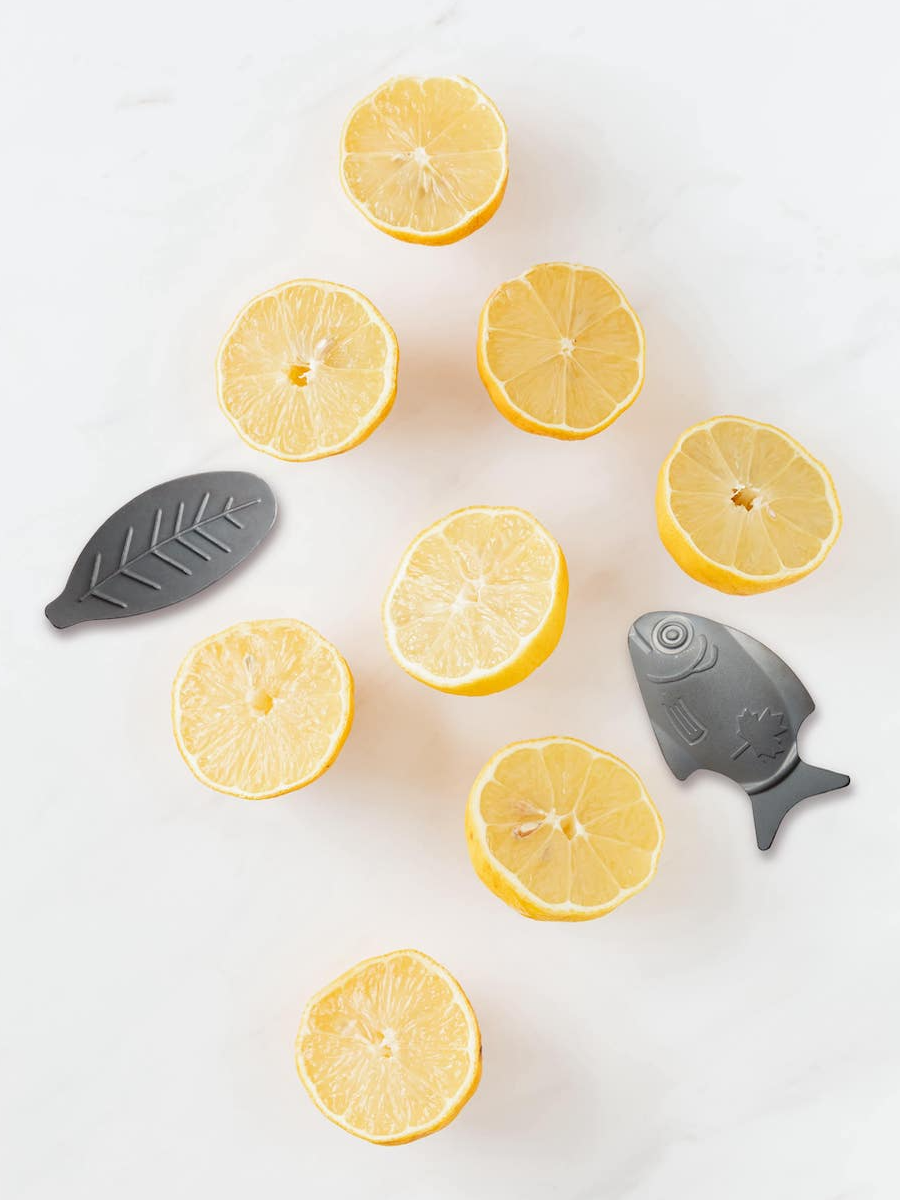By Ashley Leone, RD
So your latest blood work has revealed that you are iron deficient, or you have iron deficiency anemia. No wonder you’ve been feeling fatigued, irritable and down! Your health professional has likely suggested boosting your iron with supplements and improving your diet. If you’re not sure where to start, here are five tips for preventing and alleviating iron deficiency.
-
Choose Iron Rich Foods
Perhaps your diet has changed. Or you’ve entered into a life event that has you needing more iron. Or maybe you need more iron than most people. Whatever the reason for your deficiency it is crucial to check your diet for its iron content.
Omnivores and vegetarians alike can meet their Recommended Dietary Allowance (RDA) for iron by choosing wisely. Did you know there are two forms of iron in food? There is heme iron and non-heme iron. What's the difference? Let's take a look.
Heme Iron
- Animal foods like red meat, poultry, and organ meats contain heme iron.
- Our body easily absorbs heme iron.

Non-Heme Iron
- Plant sources of iron contain non-heme iron.
- Beans, lentils, nuts, dark green leafy vegetables, tofu, tempeh, Cream of Wheat, and blackstrap molasses are sources of iron. Interestingly, grain products are fortified with iron in Canada and are another source of iron.
- Our body poorly absorbs non-heme iron. Improve your absorption of this form of iron by combining it with certain foods. We’ll talk more about this later.

-
Limit Food Interactions
Certain substances reduce our absorption of iron. For those who eat a mixed diet and have good iron stores, these interactions may be less important to consider. But, for those struggling to treat or prevent iron deficiency, substances that limit iron absorption are a concern. For these people, it is wise to limit foods that hinder iron absorption during their high iron meals.

Food interactions that may affect iron absorption include the following:
Oxalates
- Chocolate, tea, and dark green leafy vegetables contain oxalates.
- Oxalates impair the absorption of non-heme iron.
- Eat these foods separately from high iron foods.
Polyphenols
- Tea, coffee, and cocoa contain polyphenols and hinder iron absorption.
- Similar to oxalates, eat or drink polyphenol-containing foods one or two hours before or after your iron rich meal.
Phytates
- Soy foods, whole-wheat flours, walnuts, dried beans and lentils and sesame seeds are sources of phytates. Phytates may impair iron absorption by 50 to 60%.
Calcium
- Dairy products, fortified soy products, almonds and dark green leafy vegetables are sources of calcium.
- Calcium hinders both heme and non-heme iron absorption.
-
When you take a calcium supplement,
take it between meals to limit this interaction. Speak with your pharmacist to ensure appropriate timing.
-
Harness the Power of Food Combinations
While non-heme iron is not well absorbed, combining it with certain foods and using good strategies can improve its absorption.

Heme Iron
- Heme iron enhances the absorption of non-heme iron.
- The reason for this enhancement is not well known, but for those non-vegetarians out there this means that eating meat with beans is a recipe for better iron absorption. This combination makes Chilli con Carne a dish that is jam packed with iron. Try our Chilli con Carne recipe!
Vitamin C
- Eating foods rich in vitamin C along with your high iron food will enhance the absorption of iron.
- This a fantastic idea when choosing predominantly non-heme iron sources.
- An example of this approach might be to have an orange along with your breakfast cereal. Or, you can check out this vegan recipe from our blog.
Beta-carotene
- Beta-carotene is an antioxidant found in yellow and red-coloured fruit and vegetables, like carrots.
- Carotenoids can improve non-heme iron absorption. Think of adding brightly coloured vegetables to your next veggie stir fry with tortilla shells.
Carbohydrates
- Bread, grains, dairy, fruit, and vegetables contain carbohydrates. Carbohydrates include starches, fibre and sugar.
-
The Framingham Heart Study
found that participants who ate fruit with their iron supplements had higher levels of iron than those who did not. The thinking is that the natural sugar in fruit enhances iron absorption.
-
Time Your High Iron Meals
Eat your high iron meals when they are best absorbed. This strategy is most important for people with low levels of iron and is less important for those with normal iron stores.

Eat your iron rich foods:
Separately from Oxalates, Polyphenols and Phytates
- Avoid eating or drinking foods that are high in oxalates, polyphenols or phytates along with your dietary source of iron.
- For example, avoid drinking tea and coffee at the same time as you eat your iron fortified breakfast cereal. Wait a couple of hours before enjoying your coffee.
Separately from Exercise
- Eat your highest iron meal opposite from when you exercise. If you are active in the morning, then your dinner should be high iron. If you are active in the evening, plan your high iron foods for the morning.
- This practice is important because exercise stimulates the release of a hormone that signals your body to reduce iron absorption.
Together with Heme Iron and Vitamin C
- Have a high vitamin C food with your breakfast. Vitamin C enhances non-heme iron absorption.
- Choose a grilled steak with your roasted beet and legume salad. Heme iron improves non-heme iron absorption.
-
Smart Iron Supplementation
Your doctor will try and find out what caused your iron deficiency. Sometimes there is a medical reason and sometimes diet is to blame. Even so, iron deficiency is not easily corrected by nutrition alone. You may need to supplement your iron.
There are a few routes of iron supplementation. Your doctor chooses your iron supplement based on how severe your deficiency is and your expected compliance. Also, some regions will consider supplement availability and cost.
Traditional Supplements
Most often, iron supplements are prescribed in tablet form but are also available in liquid or parenteral (IV) form. You take these iron supplements until your deficiency has resolved and then you stop. High doses of supplements commonly cause black stool, nausea, and constipation. Consequently, many people stop taking iron supplements before they should. Even so, this route best treats severe iron deficiency. It is possible to take too much iron. Consult your doctor and pharmacist before taking iron supplements.
Lucky Iron Fish

The Lucky Iron Fish is a new and novel form of supplementation. The Lucky Iron Fish is a fish-shaped iron cooking tool that you place in 1 L (4 cups) of water with 2-3 drops of citrus (like lemon juice) and boil for 10 minutes. The Lucky Iron Fish releases a safe and gentle dose of iron into the boiling water, without the side effects found in conventional supplements. As a result, people are more likely to use the Lucky Iron Fish to manage their iron deficiency.
Iron deficiency is a common nutritional problem, but you don’t have to feel overwhelmed. Try these five tips to tackle and alleviate your iron deficiency. For more information about iron deficiency anemia and what Lucky Iron Fish Enterprise is doing to conquer iron deficiency, click here.










